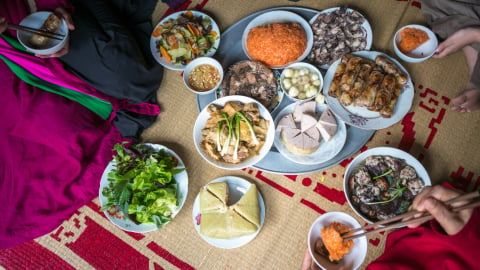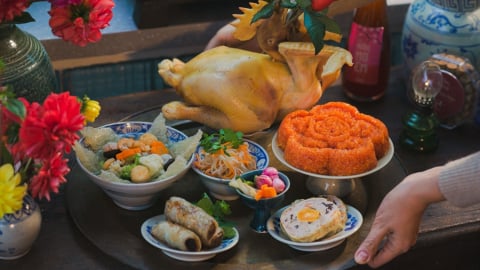The distinctive features of each season’s landscape are transformed into motifs in paintings and engravings, and the seasonal ingredients sold at markets all contribute to the vibrancy and joy of daily life. Seasonal cuisine must therefore be enjoyed with all the senses – not just with the taste buds, but also with the eyes. Here are some notable seasonal dishes in Japan.
Spring
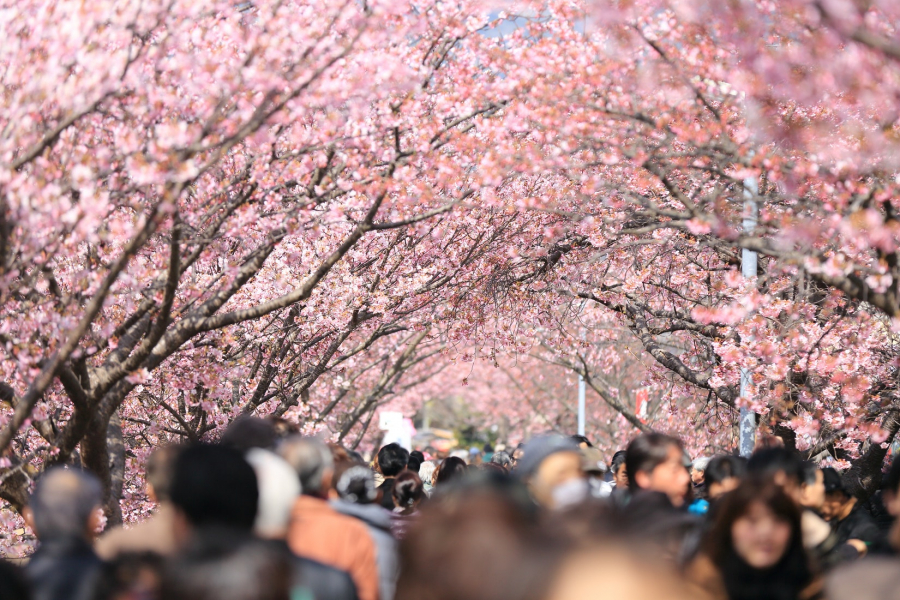
It is no coincidence that the word “spring” is always paired with the verb “to open”. Spring in Japan is the season of the new school year, the new business cycle and the blooming of cherry blossoms. Cherry blossoms occupy an extremely important place in the consciousness of the Japanese people, so the cherry blossom festival is an indispensable activity in the spring. People participating in the festival often bring their own bento boxes or buy them in the basement of shopping malls.

Even though it is a pre-made dish, you will not be disappointed because the main dishes are made from typical spring ingredients such as golden heart (also known as horseshoe chrysanthemum), bamboo shoots, rapeseed flowers, fatsia sprouts, spring cabbage, and fresh onions. In addition, asari gohan (clam rice) is also very popular every spring. For dessert, strawberry or sakura (cherry blossom) themed dishes are very popular because they are not only typical spring foods but also display beautiful shades of pink, suitable for the atmosphere of the flower viewing festival.



Summer
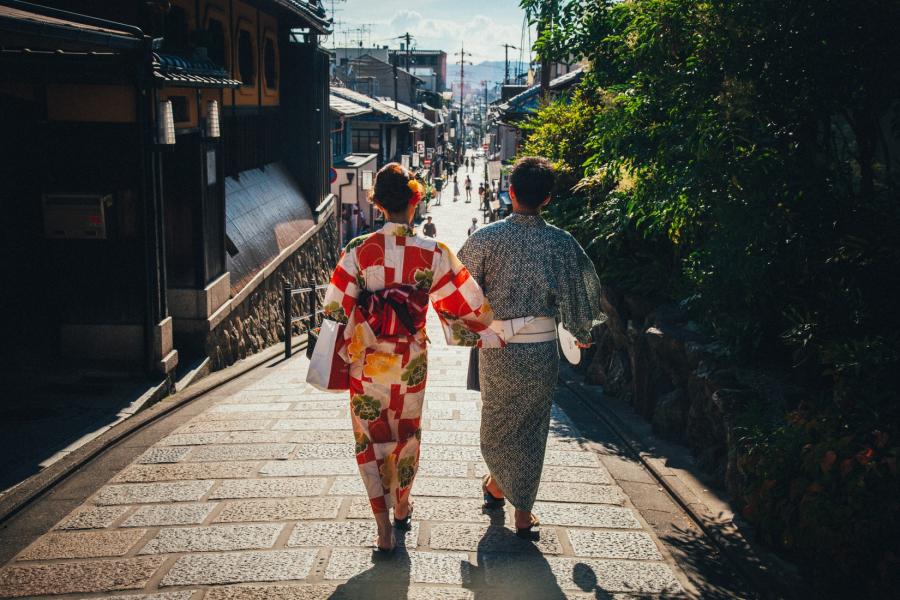
Summer in Japan is known for its hot weather, lively festivals and colorful fireworks displays. People dress up in yukata and head to local festivals to enjoy the magical atmosphere and delicious food served at the stalls. After the rainy season in June, the temperature starts to rise and the humidity makes people crave refreshing foods. Somen is one of them: extremely thin cold noodles served with ginger-spiced fish sauce and scallions.
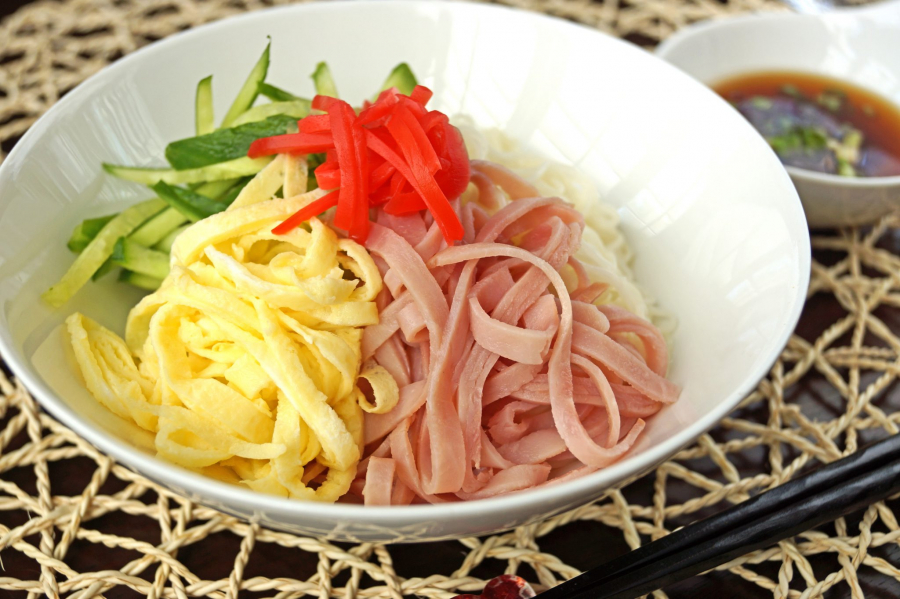
Another popular dish is hiyashi-chuka, or cold ramen, in which chilled noodles are served with vegetables, kinshi tamago (thin omelet) and ham. The common point of these dishes is that they are delicious in the heat of summer. In addition to somen and cold ramen, grilled eel is also a very popular choice because it helps quickly replenish the energy lost in the battle against the heat.


And there is no need to argue about the unique position of shaved ice syrup at festivals when it is always the most consumed dish.
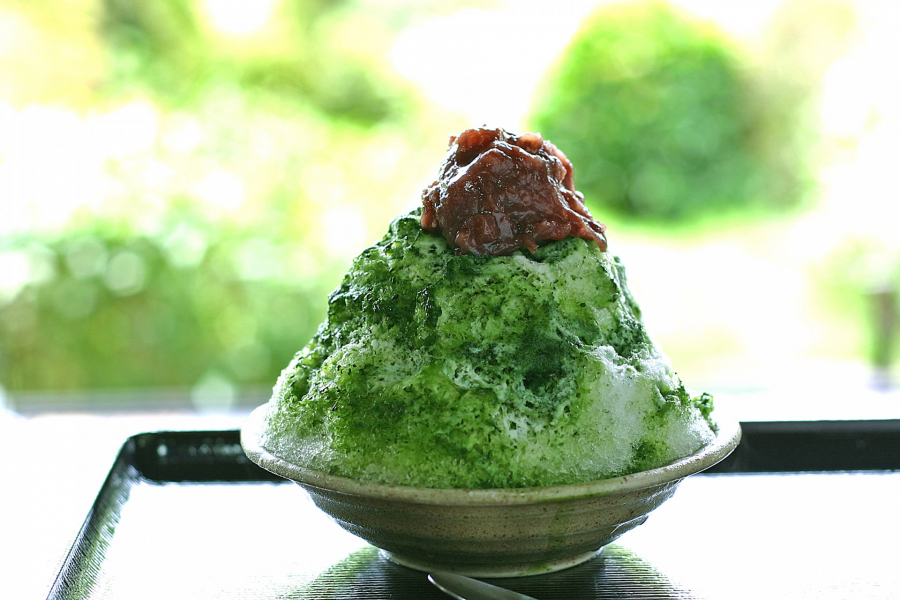
Autumn
Autumn is perhaps the most relaxing season in Japan as cool breezes and mild sunny days replace the scorching summer days. The colors of the leaves begin to change, an event known as koyo.
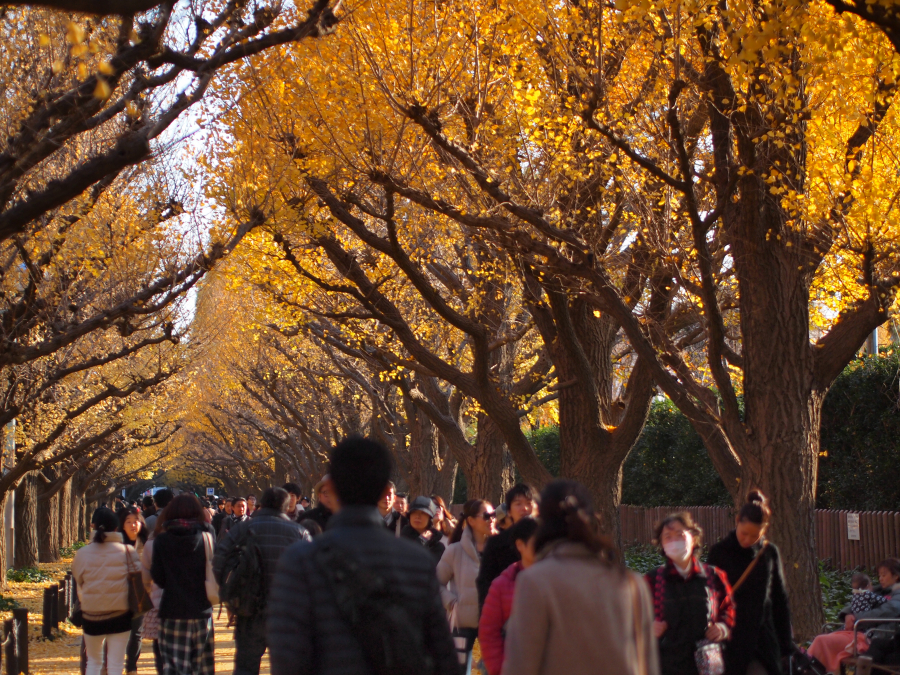
The Japanese not only love to see cherry blossoms, but also enjoy the changing colors of the leaves. Just like in spring, people rarely go outdoors without their bento boxes filled with seasonal foods. Some typical autumn ingredients are chestnuts, Pacific mackerel, and matsutake mushrooms.
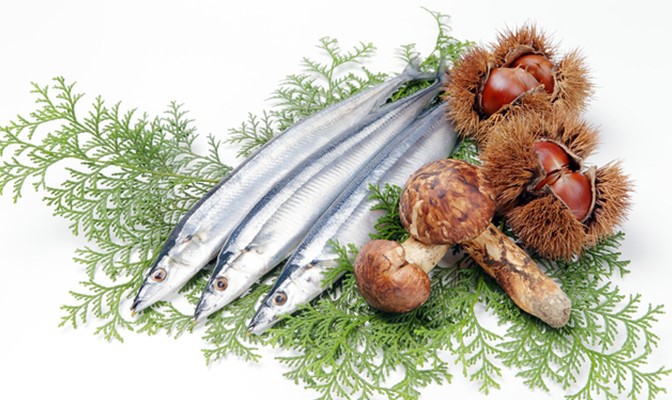
Chestnuts are often cooked with rice or used to make cakes and candies; mackerel is often grilled or dried, served with grated daikon; and matsutake mushrooms are considered a luxury gift because of their rarity.
Winter
Winter finally arrives with significantly colder temperatures and snow in some parts of Japan. People often prefer to stay cozy in their homes and limit their daily activities to avoid the cold weather. Traditionally, families gather around their kotatsu, a low table with a heating element underneath and covered with a blanket to keep warm.
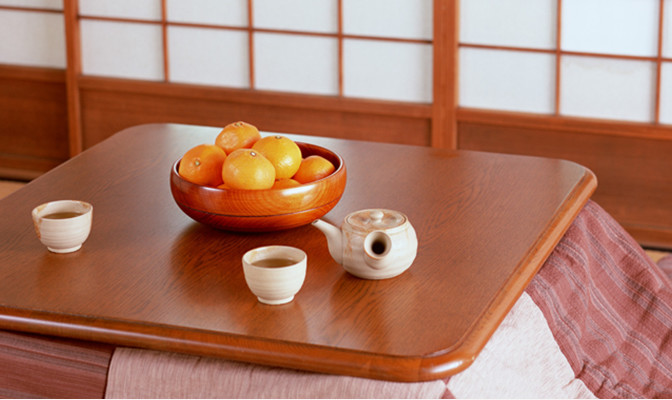
It is this cozy atmosphere that makes nabe (hot pot) a popular winter menu. Not only that, nabe is also an easy dish to make because any ingredients can be used, such as vegetables, meat, and seafood. Oden is another popular hot pot dish, and it includes a number of ingredients such as boiled eggs, daikon, konnyaku, and fish cakes stewed in broth. Oden is even available at convenience stores nationwide for a quick hot meal. Buri, or yellowtail, is a type of fish that can be cooked teriyaki-style or stewed with daikon radish. And nothing beats the sweet taste of Wenzhou sweet oranges for a post-meal nibble, or mid-afternoon energy boost.
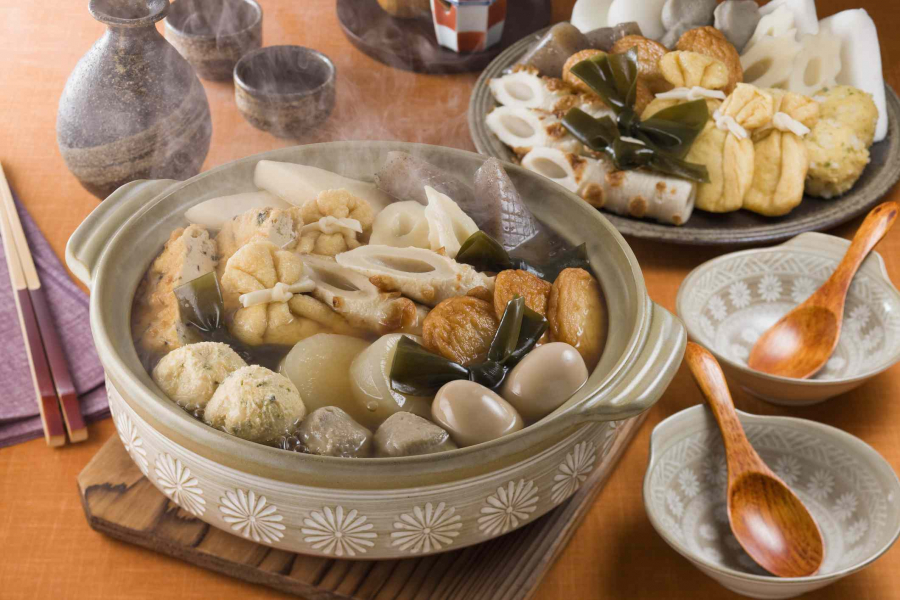
Where you can find seasonal foods
Just visit your local supermarket and it is easy to see which ingredients are in season, as they are prominently displayed and often on sale. Many Japanese families always use ingredients that are in season so they can enjoy their best flavors. In high-end Japanese restaurants, chefs meticulously prepare artistic dishes that reflect the unique characteristics of each season.
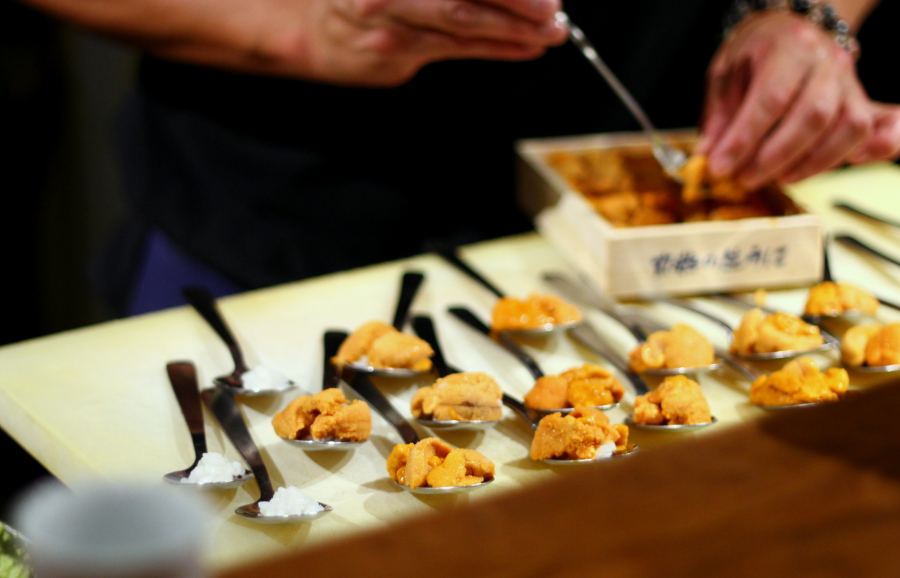
The key to this style of cuisine is to highlight the natural flavors of each ingredient in each dish, which means that in-season foods are often featured on the menu. Traditional confectionery shops also follow the seasons, creating exquisite handcrafted works of art that represent the beauty of nature.
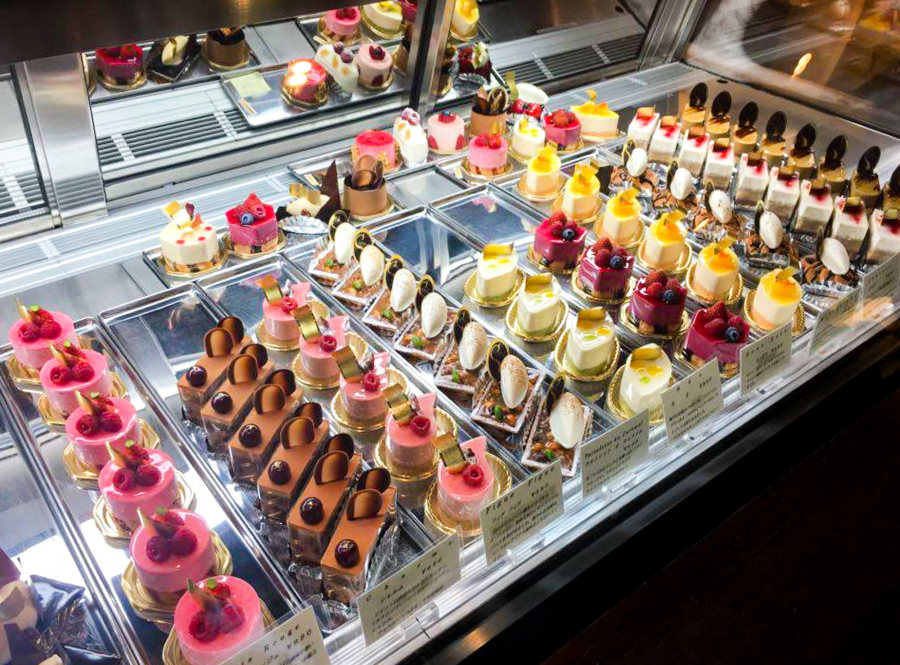
Finally, at many cafes and convenience stores across the country, seasonal creations like sweets or snacks are only available for a limited time, making them even more coveted.



























